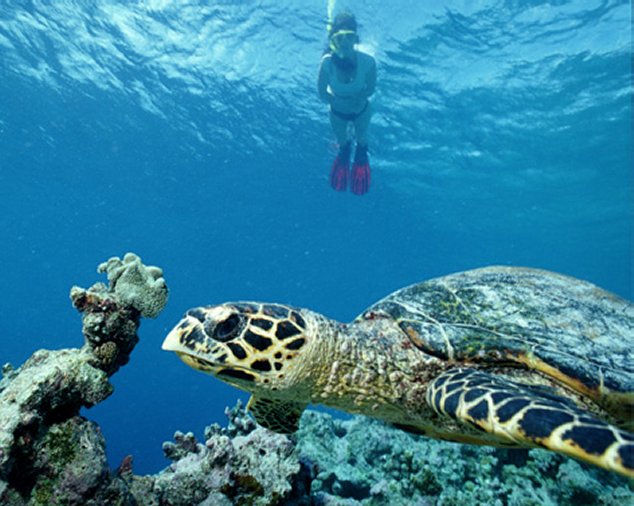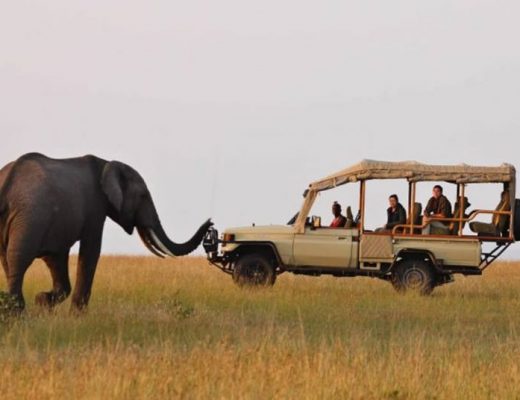The culture of Kenya is made up of several unique trends with no single prominent culture that identifies it as a country but instead it is consisting of various cultures practiced by the different communities in the country the most notable ones in the tourism industry of Kenya being the Maasai who originally occupied the area where Maasai mara park is and they are the park’s cultural attraction, the other is the Samburu people whom Samburu National Reserve is named after and they are the cultural attraction around the park then in northern Kenya there are the Turkana closely related to the Karimojong of Uganda. The Turkana are the cultural attraction rich in culture just like the Maasai people with several national parks and reserves established around them like the Central island national park, south island National Park and south Turkana national park.
Kenya is not a homogeneous country ethnicity wise so it is primarily made up of 13 ethnic groups with an additional 27 smaller groups with majority belonging to the ‘Bantu’ tribes such as the Kikuyu, Luhya and Kamba. There are also the ‘Nilotic’ tribes such as the Luo, Kalenjin, Maasai and Turkana. The ‘Hamitic’ people include the Turkana, Rendille and Samburu. Around 13% of the population is made up of Indians, Arabs and Europeans who are of non-African descent.
Among the Luhya residing in the western region of the country bordering Uganda, ingokho (chicken) and ugali is a favorite mealincluding tsisaka, miroo, managu and other dishes.
In the Rift Valley, the Kalenjin have long made mursik, which they have with kimyet (ugali) and a vegetable relish called isageek.
And among the Kikuyu in Central Kenya, a lot of tubers, including ngwaci (sweet potatoes), nduma (taro root, known in Kenya as arrowroot), ikwa (yams), and mianga (cassava) are eaten, including legumes like beans and a Kikuyu bean known as njahi.
Among the Luo occupying the western region around Lake Victoria, “kuon” (Ugali) and “rech” fish is a favorite, “gweno” (chicken), “Aliya” (sun dried meat), “Onyoso” (type of ant), “Ng’wen” (termitoidae), “Dede” (grasshoppers), birds and green vegetables “Alode” such as “Osuga”, “Akeyo”, “Muto”, “Dodo”, “Dek”, “Apoth” and “Bo”, are all consumed with Ugali by the Luo.
Other tribes in Kenya tend to have a mix of the popular Kanga, Kitenge and Kikoi. Kanga is a Kenyan traditional clothing used in almost all Kenyan communities as a baby carrier, headgear, and a waist or torso wrap. It has multicolored designs and is loved for its educative Swahili and English wordings the Masai, Samburu, Turkana and the Swahili have they own unique ways of dressing as highlighted below.
The Maasai way of dressing
To add more appeal to the look, loads of beaded jewelry is placed around the neck and arms, though red is their main color, you can find them in Shuka ranging from blue, green, stripped and checked. Their initial traditional attires were made of animal skins but today, the official wear is red cotton known as shuka (sheet/loincloth). It signifies their earth, independence, courage, and blood all given to them by nature and is wrapped around the torso.
The Samburu way of dressing
Like the Maasai, they wear shukas and impressive jewels with beaded necklaces, elaborate headdresses, and tons of brightly colored bracelets. To add glamor to that, their faces are painted red with red ochre and they wear headdresses of a striking set of brightly colored feathers. The Samburuare related to the Maasai in that they share a few traditions and speak the Maa language. However, the Samburu are more aggressive with their traditions than their Maasai cousins. The Samburu are yet to discard their traditional tribal attire in favor of Western-style dressing because it is unmanly and results in curses.
The Turkana way of dressing
Unlike the Maasai and Samburu, the Turkana do not have complex customs or strong social structures. However, they are as colorful with their dressings as their relatives. Turkana men decorate their hair with bright crimson dye blended from the special colored soil. Women adorn themselves with traditional jewelry and piles of beaded necklaces. The amount, style, and quality of jewels a woman wears determine her social status. Turkana are one of the tribes in Kenya that have managed to preserve their unadulterated culture identities. They are also related to the Maasai and are nomadic pastoralists with livestock keeping the core of their culture.
The Swahili way of dressing
The Swahili tribe live in the coastal towns of Mombasa, Malindi and Indian Ocean islands of Lamu.The Swahili tribe traditional garment is a long white robe popularly known as Kanzu in Swahili and a small, white, round hat with elaborate embroidery. On their part, Swahili women wear long dresses known as buibui and cover their head with a hijab and others hide their faces with a veil. The Swahili tribe is rich in historical and cultural heritage and they came into existence after the intermarriages between the Cushites, Bantus, Arabs, Hindi, Portuguese, and Indonesians who gave rise to a new culture, people, and language.
If you are looking forward to visiting Kenya and do cultural encounters, simply call us today on +254 713510387 or send us an email to booking@tristarafricaskimmersafaris.comand speak directly with the reservations team.



